Homemade Cinnamon Bread
I baked cinnamon bread last night. I thought of it.I wanted it.
So I baked it.
And then, this morning…I ate it! I didn’t want to be rude. To myself.
Juicy rationalizations aside, there are few things yummier than homemade cinnamon bread. Eat it sliced off the loaf, toasted and smeared with butter…or step things up and use it to make French or cinnamon toast. And take delight in knowing that no storebought version of this stuff will ever, ever compare.
Like, ever.
I left the raisins out, as I wanted to keep things simple. But I’ll tell you down below where you can add them in if you’re in the mood.
Let’s make bread, baby!
Start with 3/4 stick (6 tablespoons) butter. The salty stuff, not the unsalted stuff.
Heat the butter in a saucepan or pot with 1 cup of milk. I used 2%, but if I’d had whole milk in the fridge, I would have used that. I love using whole milk in baking. It makes me feel like a rebel, which makes me feel dangerous, which makes me feel like a brunette.
I draw strange links between things. Bear with me here.
Now, let the milk/butter mixture cool until it’s warmer than lukewarm but not overly warm. Then grab 2 1/2 teaspoons of active dry yeast…
…And sprinkle it over the liquid. Stir it around just a little bit, then let the mixture sit for about ten minutes. That’ll wake the yeast from its deep sleep. Active dry yeast is sold in either packets or jars; I usually go for the jars, because then I can measure whatever quantity I need. The packets are exactly 2 1/4 teaspoons of yeast, and if I need a little more than that, I have to open another packet, use just a little of it, then try to be organized and neat enough to close the packet and store it without spilling it all over the cabinet.
And who needs that added pressure?
Now throw some sugar and eggs into the bowl of an electric mixer fitted with the paddle attachment. The reason I’m using the paddle attachment is that this is a dough. If it’s a dough, I use the paddle attachment. If it’s batter, I use the whisk attachment.
Just a little rule of thumb.
Beat the egg and sugar together until it’s totally combined…
Then drizzle in the yeast mixture and give it a light stir. It’s best if your eggs aren’t straight out of the fridge for this recipe, because if the egg/sugar mixture is too cold, it’ll stop the yeast magic from continuing. So just remove the eggs from the fridge a couple of hours before you want to make the dough, and you should be fine. (I’ll also show you another trick for helping your yeast along here in a second.)
Add in half the flour and all the salt…
And mix it up until it’s all combined.
Then scrape the sides of the bowl…
Add in the rest of the flour, and mix it until it’s just combined.
Next, switch out the paddle for the dough hook attachment. I hardly ever use this thing, but when I do, I’m always thankful for its existence.
Knead the dough on medium speed for about ten minutes. It’ll slowly slap around the bowl and make all kinds of weird noise. If, after the ten minutes, the dough seems overly sticky—as in, you even think about sticking your finger in the bowl and your fingers will be covered with dough—add in 1/4 cup of flour and knead for another 5 minutes or so. Note that the dough should be slightly sticky and should stick to your fingers just a little bit…just not overly sticky/messy.
Meanwhile, I’ve been warming up my metal bowl by filling it with hot, hot water and allowing it to sit for a few minutes. (You can also stick a glass bowl in the microwave for a couple of minutes to get it nice and warm.)
Drizzle a little canola oil in the bottom of the bowl…
Then add the ball of dough, toss it around to coat it in oil.
Cover the bowl in plastic wrap, then set it in a spot in your kitchen that’s slightly warm and definitely draft-free. You’ll want the dough to rise for at least 2 hours. If you have time to let it go longer, even better. About this. I have found, through much trial and error, that in my kitchen, I have to actively create a warm, yeast-friendly environment when I make bread products. First of all, Marlboro Man and I are warmnatured and keep the thermostat in our house at 68. Yes, we’re freaks. But 68 degrees just isn’t a warm enough environment for yeast to do its thing. So I have all kinds of weird tricks where I heat an iron skillet or griddle on my stove, turn off the heat, then set the bowl on top. Often, I’ll cover the plastic wrap-covered bowl with a tea towel to “trap” the heat in. You don’t want to go overboard, of course—you’d never want to get the bottom of the bowl hot to the touch. But you definitely want things to be on the slightly warm (not room temperature) side.
Interestingly, the kitchen at the Lodge has proven to be quite hospitable to yeast situations. And it’s just a couple of miles away. Go figger!
This is two hours—and aggressive monitoring of the warm environment—later.
Turn the dough out onto the work surface.
Roll it out into a rectangle. Stick your loaf pan in the front of the rectangle and make sure it’s not too wide. After this stage, I used my hands to straighten and mold the sides of the rectangle so it became very uniform and symmetrical. At the end, I placed the loaf pan in front of the rectangle to make sure the dough wasn’t wider than the pan.
Smear a couple of tablespoons softened (room temperature) butter over the surface of the dough.
Then mix together sugar and cinnamon…
And sprinkle it evenly over the top. This is where you could also sprinkle on raisins if you’re into that sort of thing.
And we’re ready to go!
Starting at the very back, roll the rectangle toward you carefully, until you wind up with a neat, tight roll of dough.
Pinch the seam closed.
Now, butter the loaf pan generously (I always have a softened stick of butter sitting out on the counter for this reason!)
And put the roll, seam side down, in the buttered loaf pan.
Cover with plastic wrap, then do whatever little tricks you have to do to get that warm environment back. I heated up this little iron grill pan, turned off the heat, then set the loaf pan right inside. I also covered it with a big tea towel to trap in the warmth. The things I have to do around here to get a slice of cinnamon bread!
This is about an hour and 45 minutes later—whew! Lots of rising time…but patience is a virtue. Incidentally, the times I’ve failed miserably at bread products have been the times I’ve gotten impatient with the rising. I’m terrible at this; I’m always trying to cut the rising time short, telling myself that it’ll continue rising in the oven. When I do that, I wind up with too-dense bread and a low self-image and I’m no fun to live with.
Mmmm. Here we go.
Now combine an egg with a splash of milk in a small bowl.
Whisk it together with a fork…
And smear it over the surface of the dough with a brush (or, if you’re like me, your fingers, since your boys stole your pastry brush and used it to paint their pet cow with mud.)
Now bake it in a 350 oven for 40 minutes. Make sure it’s not on a high rack; you don’t want the top to burn before the middle of the loaf gets done. Note: At this point, it’s long after dark in my house. Pardon the lighting.
Remove the loaf from the pan and allow it to cool. Store it in a large Ziploc after it’s completely cooled.
Here we are this morning! I had to wait for the sun to come up. It’s a natural light thing.
And man, am I hungry.
And I’m getting ready to do something about that.
Oh, yes. Come to mama. You know what’s great about this? It has all the goodness of homemade bread, with the added treat of the cinnamon-sugar. And listen up: you make French toast with this stuff, and you might as well hang it up. You will have reached the height of bliss.
And don’t get me started on what would happen if you used this in my cinnamon toast recipe.
Mountains will lie down. Seas will roar.
For right now, though, I’m just going to do this.
After that, who knows? I might just do it again. I’m unrestrained that way.
Enjoy, my friends!
Love,
P-Dub
Here’s the printable!
Recipe: Homemade Cinnamon Bread
|
|
|

Ingredients
- 1 cup Milk
- 6 Tablespoons Butter
- 2-1/2 teaspoons Active Dry Yeast
- 2 whole Eggs
- 1/3 cup Sugar
- 3-1/2 cups All-purpose Flour
- 1 teaspoon Salt
- 1/3 cup Sugar
- 2 Tablespoons Cinnamon
- Egg And Milk, Mixed Together, For Brushing
- Softened Butter, For Smearing And Greasing
Preparation Instructions
Melt butter with milk. Heat until very warm, but don't boil.
Allow to cool until still warm to the touch, but not hot. Sprinkle yeast
over the top, stir gently, and allow to sit for 10 minutes.
Combine flour and salt.
In the bowl of an electric mixer, mix sugar and eggs with the paddle attachment until combined. Pour in milk/butter/yeast mixture and stir to combine. Add half the flour and beat on medium speed until combined. Add the other half and beat until combined.
Switch to the dough hook attachment and beat/knead dough on medium speed for ten minutes. If dough is overly sticky, add 1/4 cup flour and beat again for 5 minutes.
Heat a metal or glass mixing bowl so it's warm. Drizzle in a little canola oil, then toss the dough in the oil to coat. Cover bowl in plastic wrap and set it in a warm, hospitable place for at least 2 hours.
Turn dough out onto the work surface. Roll into a neat rectangle no wider than the loaf pan you're going to use, and about 18 to 24 inches long. Smear with 2 tablespoons melted butter. Mix sugar and cinnamon together, then sprinkle evenly over the butter-smeared dough. Starting at the far end, roll dough toward you, keeping it tight and contained. Pinch seam to seal.
Smear loaf pan with softened butter. Place dough, seam down, in the pan. Cover with plastic wrap and allow to rise for 2 hours.
Preheat oven to 350 degrees.
Mix a little egg with milk, and smear over the top. Bake for 40 minutes on a middle/lower rack in the oven.
Remove from the pan and allow bread to cool. Slice and serve, or make cinnamon toast or French toast with it.
Yummy!
Combine flour and salt.
In the bowl of an electric mixer, mix sugar and eggs with the paddle attachment until combined. Pour in milk/butter/yeast mixture and stir to combine. Add half the flour and beat on medium speed until combined. Add the other half and beat until combined.
Switch to the dough hook attachment and beat/knead dough on medium speed for ten minutes. If dough is overly sticky, add 1/4 cup flour and beat again for 5 minutes.
Heat a metal or glass mixing bowl so it's warm. Drizzle in a little canola oil, then toss the dough in the oil to coat. Cover bowl in plastic wrap and set it in a warm, hospitable place for at least 2 hours.
Turn dough out onto the work surface. Roll into a neat rectangle no wider than the loaf pan you're going to use, and about 18 to 24 inches long. Smear with 2 tablespoons melted butter. Mix sugar and cinnamon together, then sprinkle evenly over the butter-smeared dough. Starting at the far end, roll dough toward you, keeping it tight and contained. Pinch seam to seal.
Smear loaf pan with softened butter. Place dough, seam down, in the pan. Cover with plastic wrap and allow to rise for 2 hours.
Preheat oven to 350 degrees.
Mix a little egg with milk, and smear over the top. Bake for 40 minutes on a middle/lower rack in the oven.
Remove from the pan and allow bread to cool. Slice and serve, or make cinnamon toast or French toast with it.
Yummy!
| Source: thepioneerwoman.com | ||||||||||||||||||||||||||||||||||||||||||||||||||










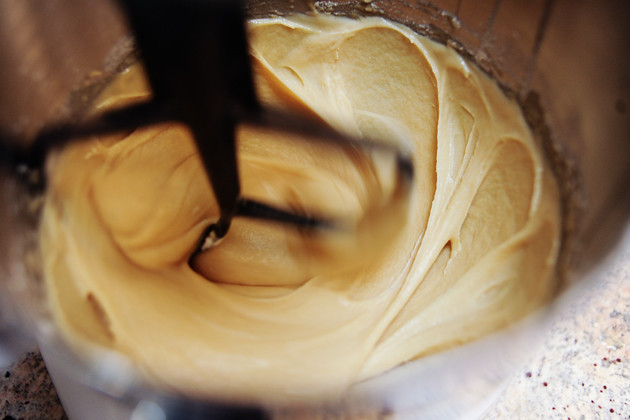




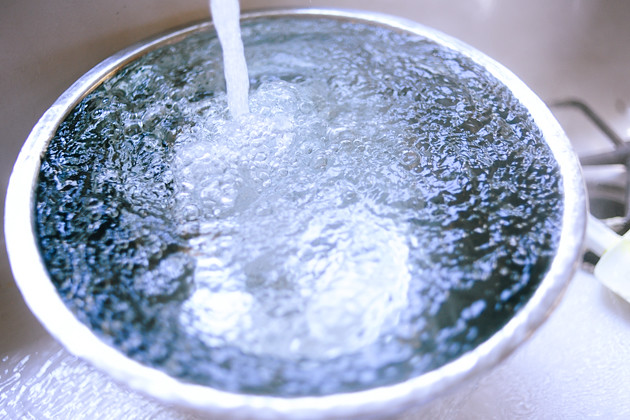



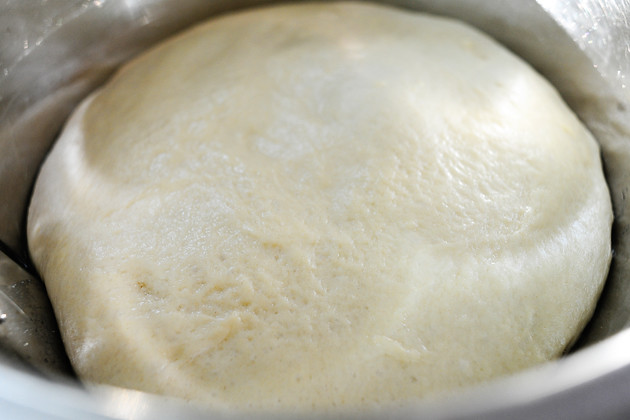
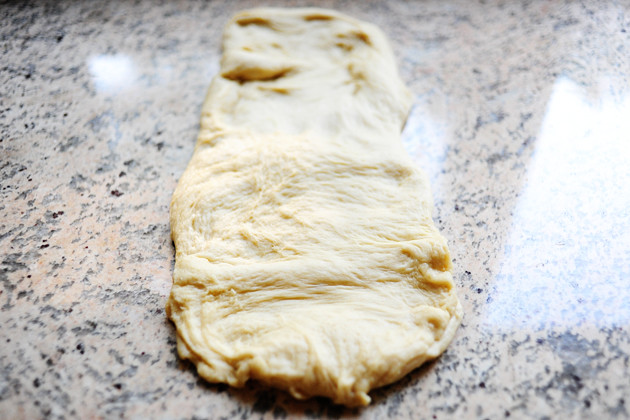








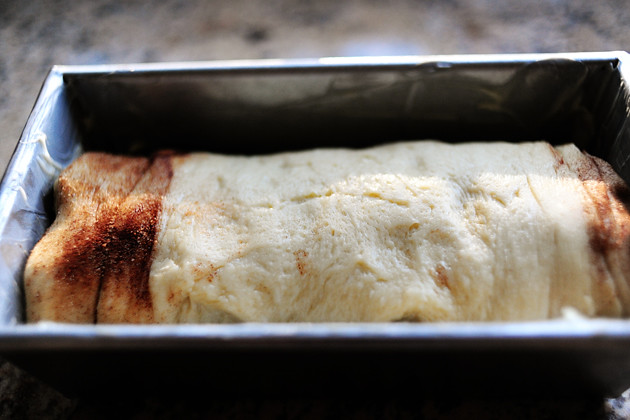










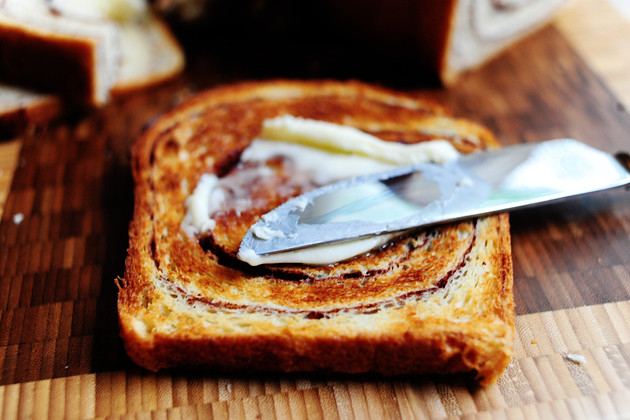

No comments:
Post a Comment